This above all: to thine own self be true,
Polonius, Hamlet, Act I, scene iii, William Shakespeare
And it must follow, as the night the day,
Thou canst not then be false to any man.
Self portraiture used to be more difficult than it is with the help of a phone camera. In the days of film, you’d set the camera up and place an object in frame where you expected to be. You’d manually focus on that object to make sure it was more or less sharp and measure for exposure. Then you’d put the camera on a timer, press the trigger, and then move into where you estimated the frame to be and hold still. When the shutter released, you wound the film. I’d do this once in a while but rarely use up more than one or two frames. When you’d finally finished the roll, you’d drop your film off for processing, wait a few days, pick it up, look through the prints, and see how you’d done. Here’s an example of that technique from 2001.
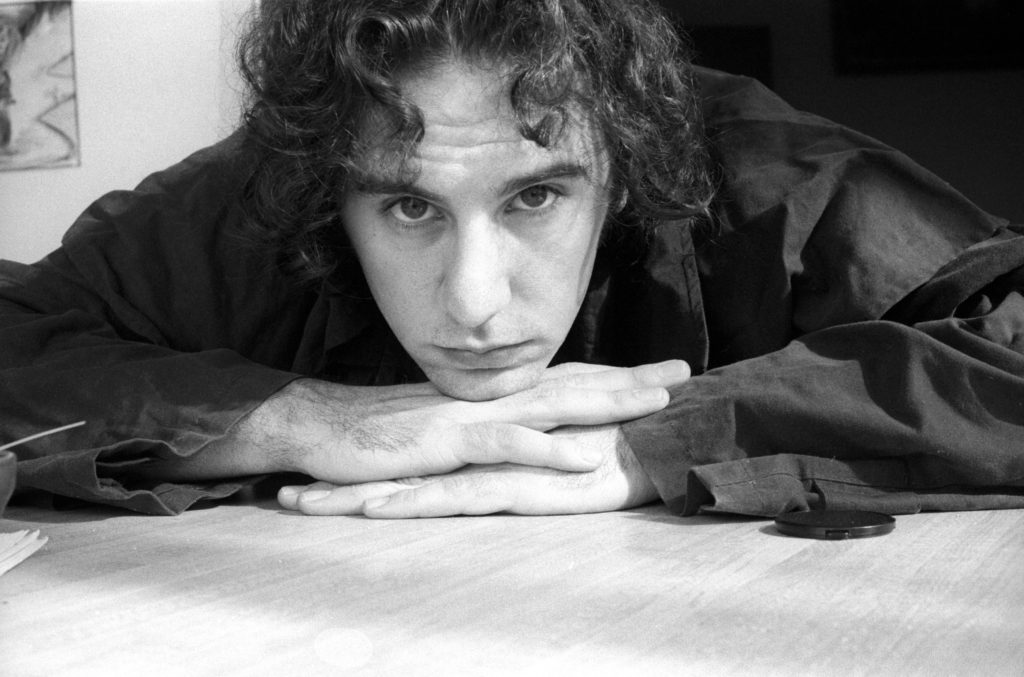
While cell phone cameras make it easy to take thousands of selfies in seconds, most of us don’t put much thought into them; they’re easily made, easily deleted. And if your phone is anything like mine, that little front-facing wide angle lens exaggerates and distorts your features in cruel and unusual ways, naturally emphasizing what’s closest to that tiny lens.
Digital Self Portraiture
In 2018, Chicago Photography Academy teacher Carlos Soria challenged our class to create self portraits. As I recall, the parameters were:
- Take two self portraits with your digital SLR.
- You had to be in one of the photographs.
- You could not be in the other.
This was an interesting and thoughtful challenge that really made you think about who you were and how to best represent yourself both in and out of frame.
One of the interesting things about self portraits is that as artistic works they hold the meaning that you invested into them, but as art objects they are open to interpretation by others, who may decide on entirely different meanings, and that certainly came out in the talkback in which the artist says nothing about the work but listens to the comments of those viewing the work.
These were the photographs I created.
Crumpled Paper
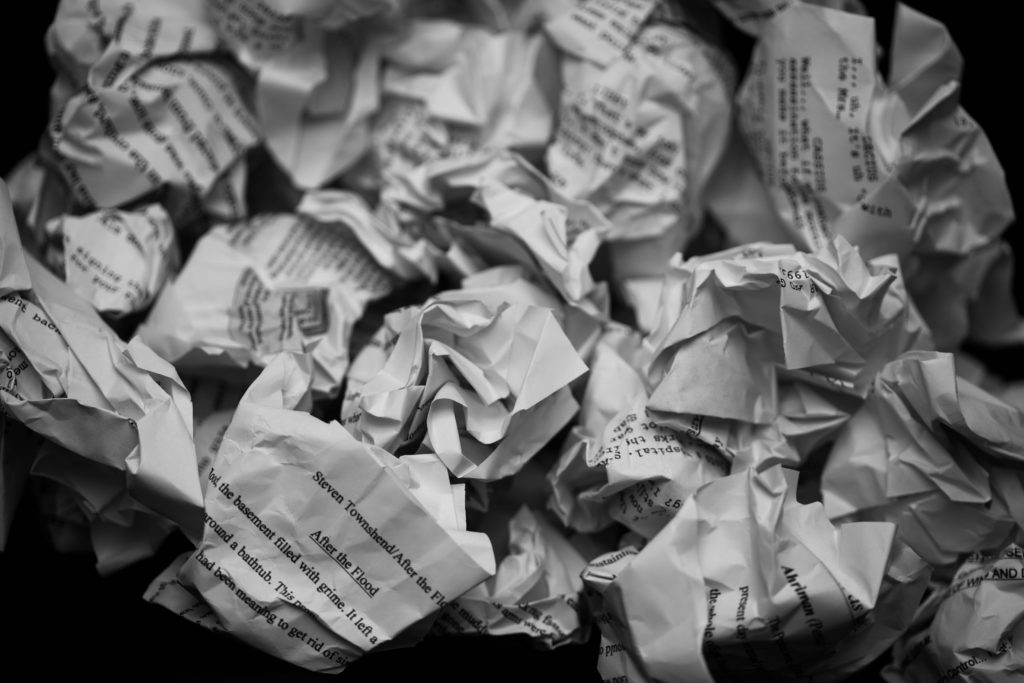
It took a while to figure out what to photograph as an expression of self, but in the four years since this photo was taken, I can scarcely think of a more accurate representation.
Here are crumpled up wads of stories and plays. The focus is sharp on the lower left quadrant of the frame, where my name is listed as the author of a piece called “After the Flood” that includes in its first sentence “…the basement filled with grime…”
I think it was a good story, or at the very least a grounded piece of literary fiction I wrote around 2007 or 2008, the one piece of clear writing among a paper flood of lesser words and drek and stories and plays that never went anywhere. I’ve been a writer since my transition from acting around 2005 and a daily writer since 2011, but lately it is more practice than profession. It is the way. Or it is my way. And so my life is made of thousands upon thousands of words that you can’t ever see.
Looking Back
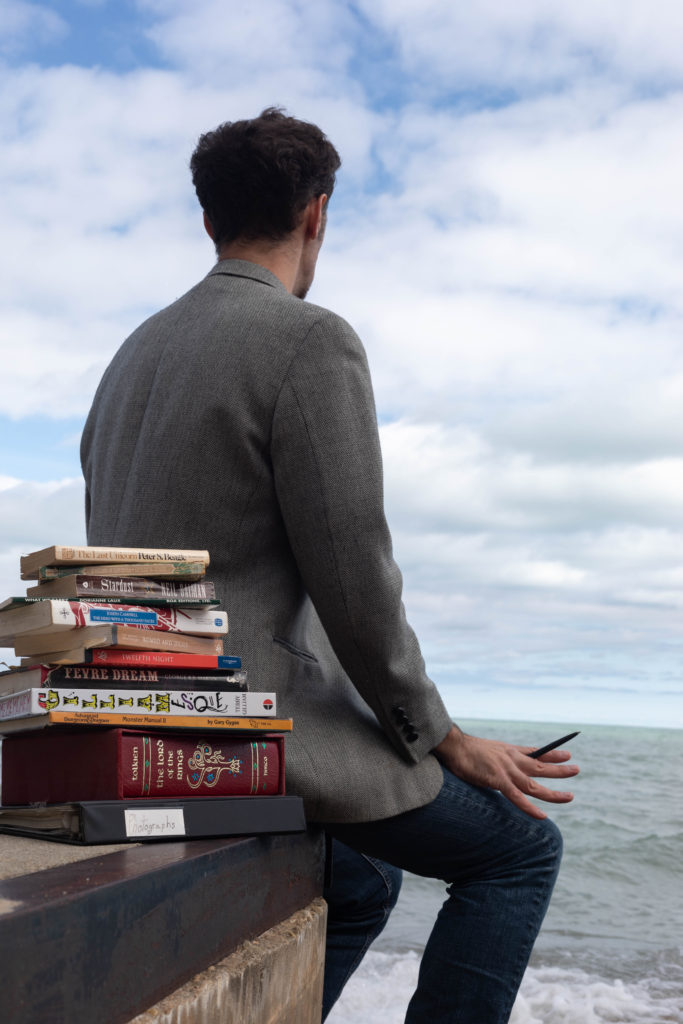
The horizon. The earth full of water, the sky full of clouds. Equal parts costume and functional dress. Pen in hand, fingers flexed; not in the act of writing. Looking in the opposite direction. Bolstered by a column of books:
- an album of photographs
- The Lord of the Rings
- Advanced Dungeons & Dragons Monster Manual II (received age 11)
- Gilliamesque
- Fevre Dream, by George R. R. Martin
- Twelfth Night and Romeo and Juliet, Shakespeare
- The Power of Myth, Joseph Campbell
- What We Carry, poems by Dorianne Laux
- Stardust, by Neil Gaiman
- A Wizard of Earthsea, by Ursula K. LeGuin
- The Last Unicorn, by Peter S. Beagle
I don’t think there’s anything I can say about this photograph that it doesn’t already communicate, implicitly or explicitly. All guesses are likely correct, even contradictory ones.
The Calling Card
As art pieces, the photographs above are accurate self portraits, but they don’t accurately express who I am to myself and my relationship with the world. I took that self portrait a year earlier, in 2017, and once I felt the confidence to do so, I began using it as my profile picture and calling card.

It’s a picture of me in a Renaissance costume in portrait lighting in a kind of Old Masters style. This is the world I live in or want to live in—a world of a distant era. It’s my favorite portrait of myself, and it shows the truest expression of who I am or how I think I am or want to be.
In 2017 my playwriting mentor, the incredible Dana Lynn Formby, challenged our class to write down the kinds of plays we wanted to write. Up until then, just as I had done in my acting career, I tried to be everything, write everything. I wanted to be a chameleon. Yet committing to a focus was one of the single most freeing decisions I’ve ever made. And so when it came time to make photographs and portraits, this was the style I chose, and so I’ve chosen it for my own self portrait.
I believe in this style of portraiture—this notion of expressing one’s inner self via costume, makeup, and metaphor—through the lens of history, or speculative futures, or the fantastic, and I want to make it for others for their own personal brand (a la Birch House Immersive Company Portraits, for example).
Presenting the truest aspects of our authentic selves can be risky and frightening. Many of us grapple constantly with crushing self doubt, and self hate. But pretending to be what we think is expected of us and binding ourselves within those constraints? Life’s too short for that.
Be kind, be brave, be true, be you.

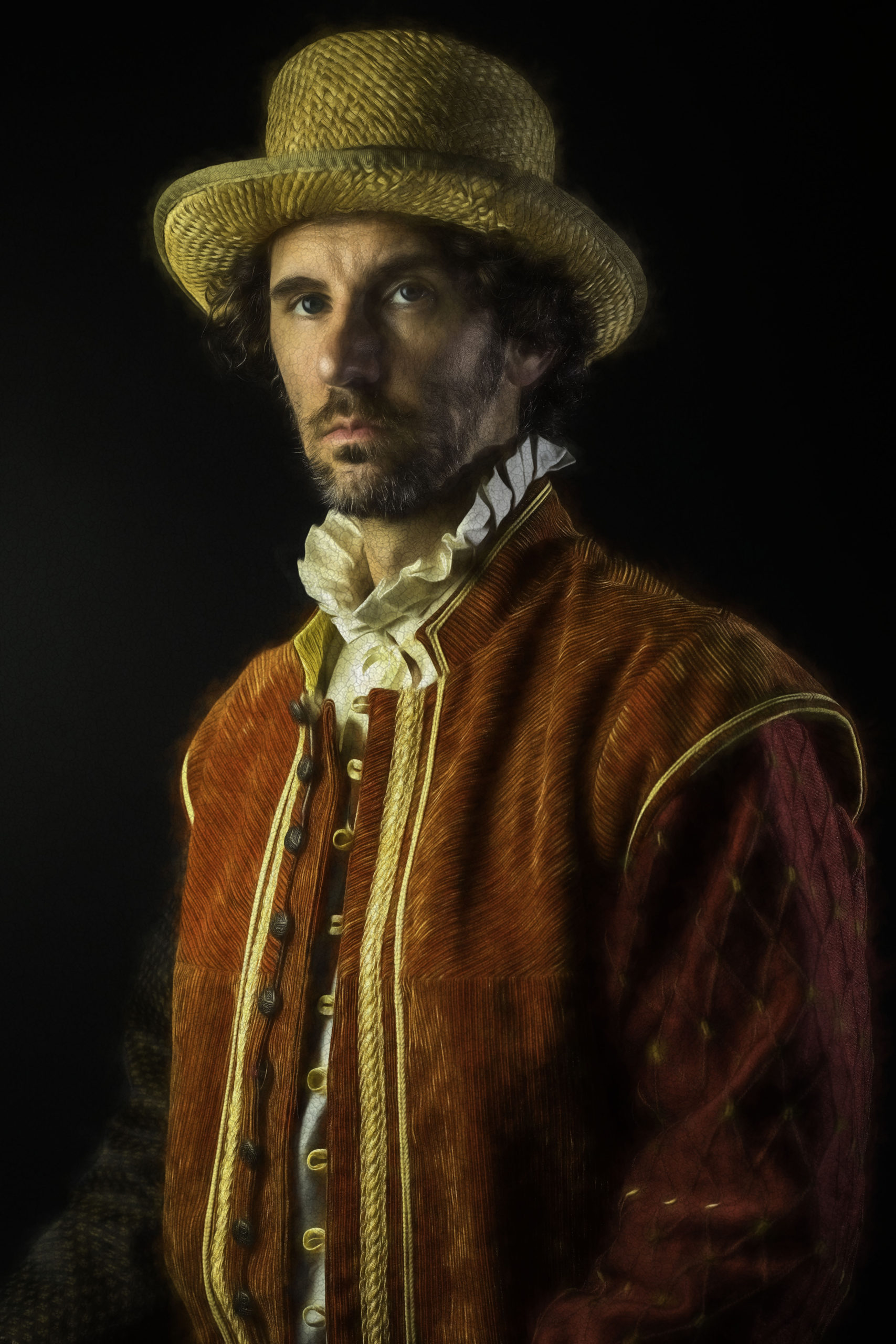
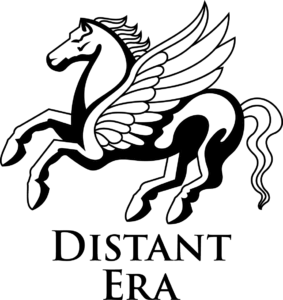
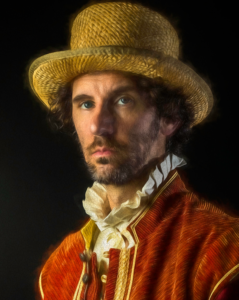
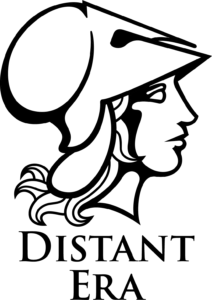
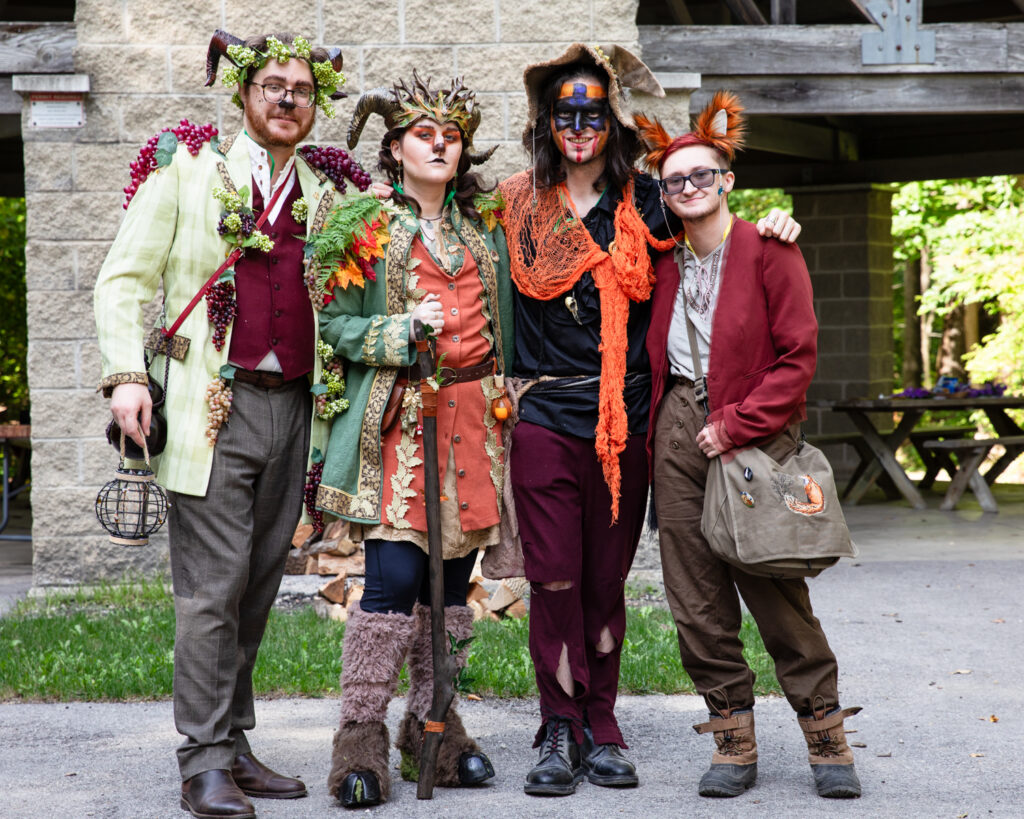
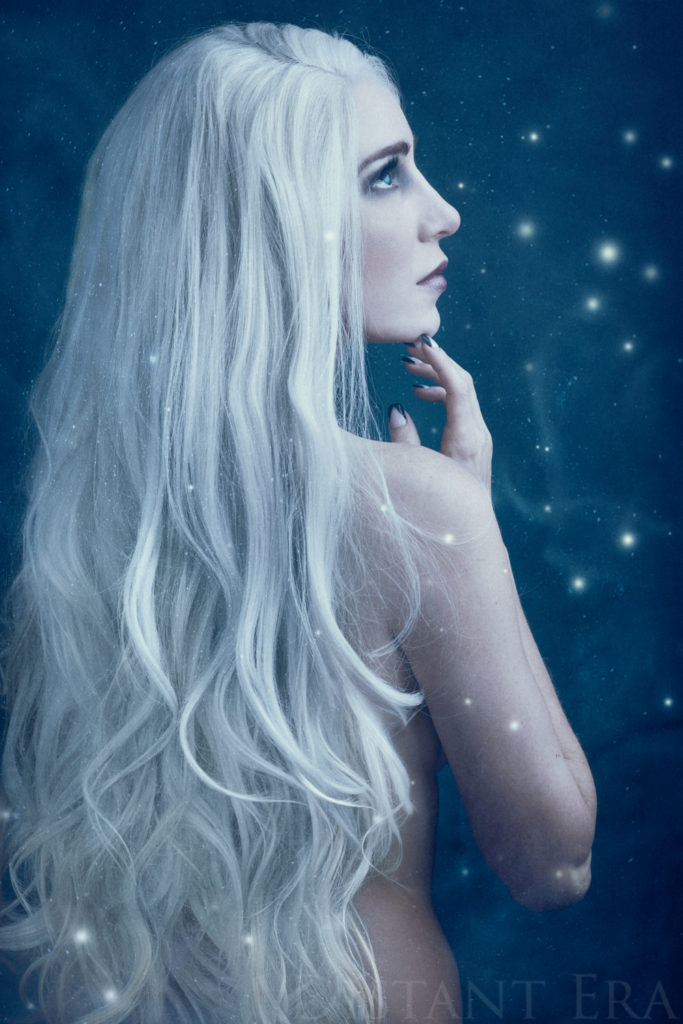
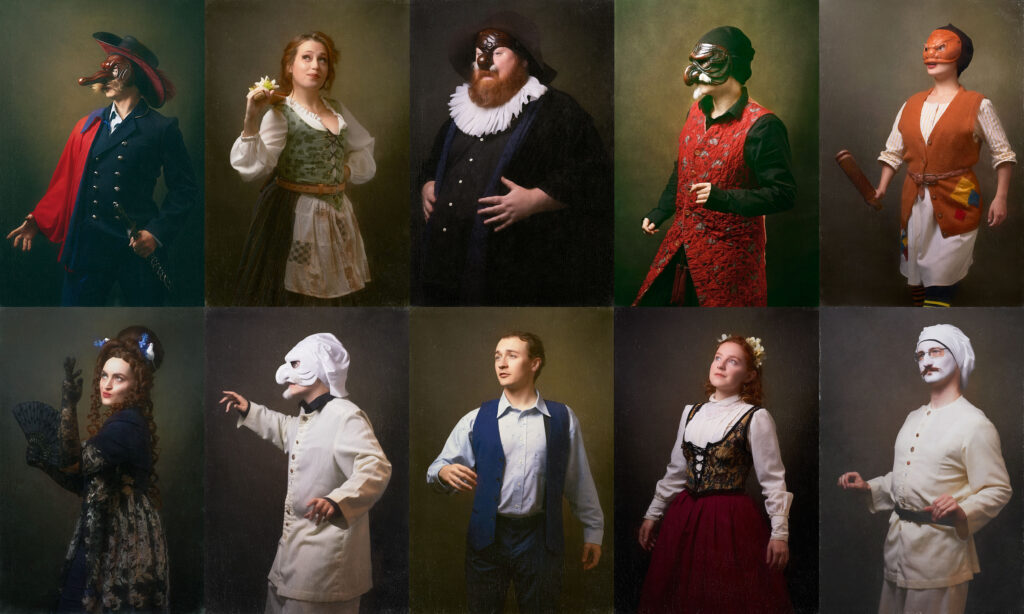
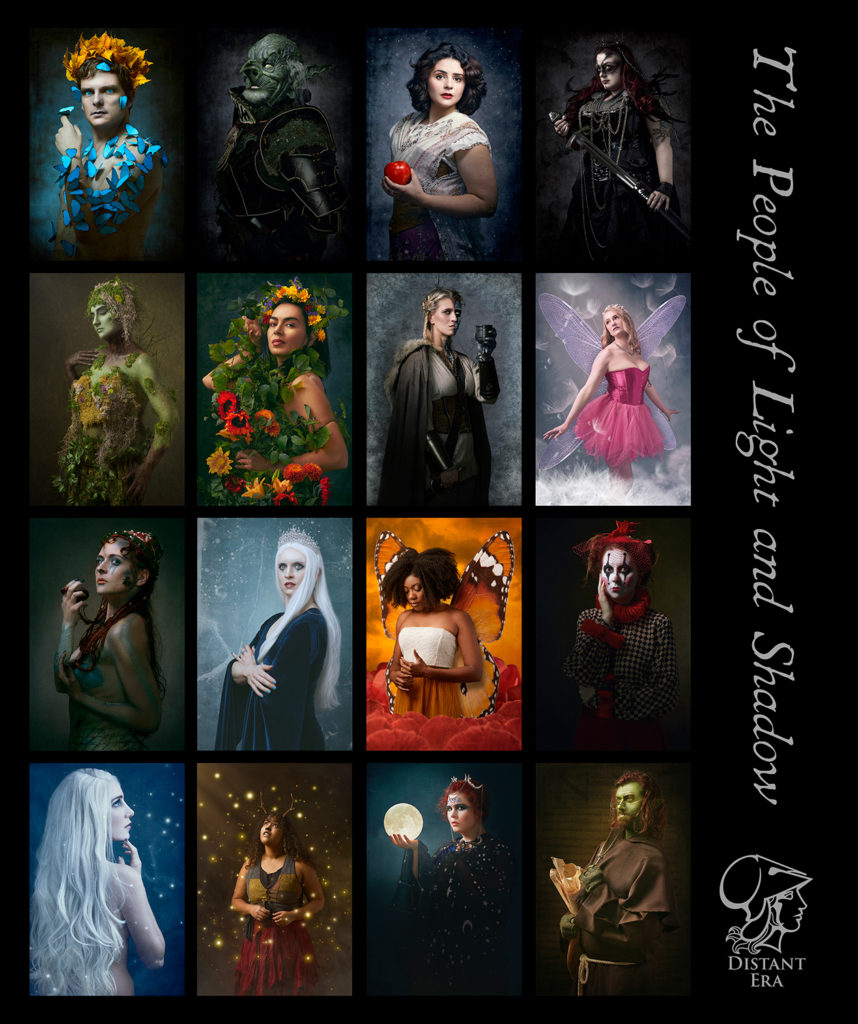
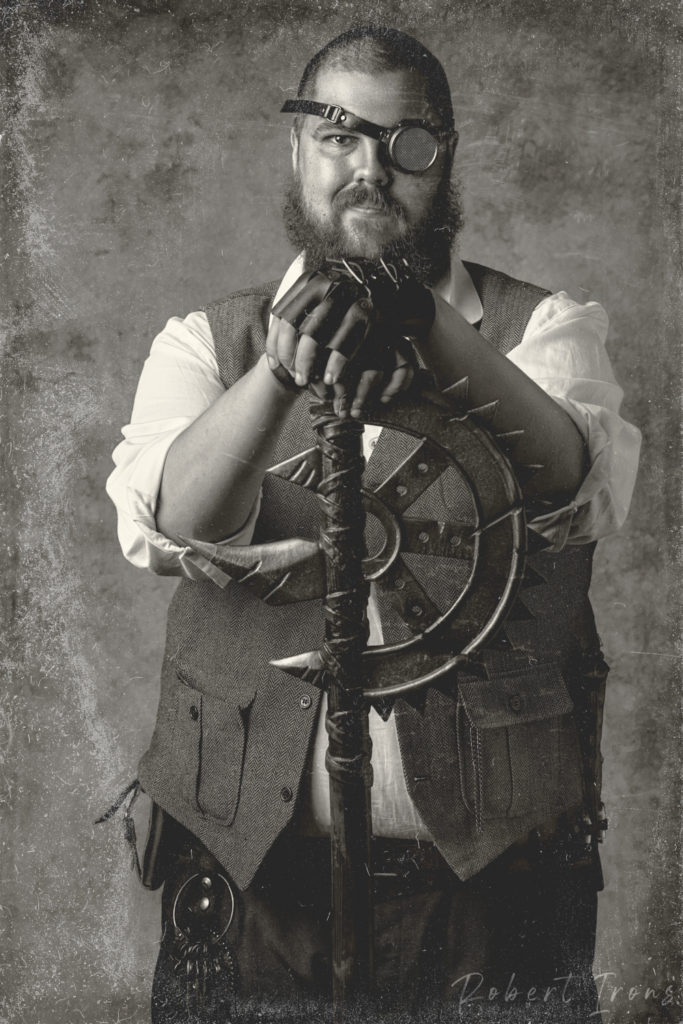
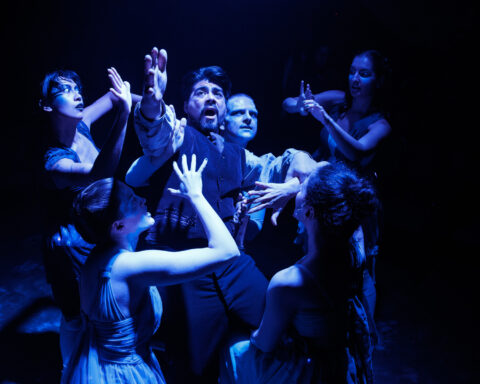
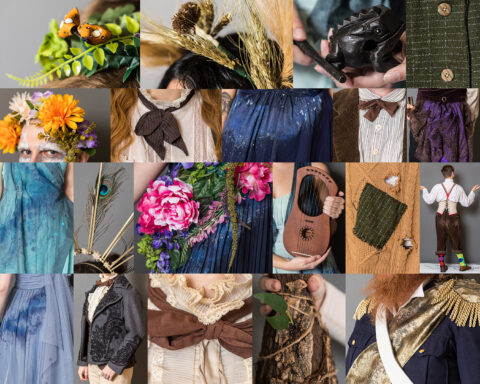
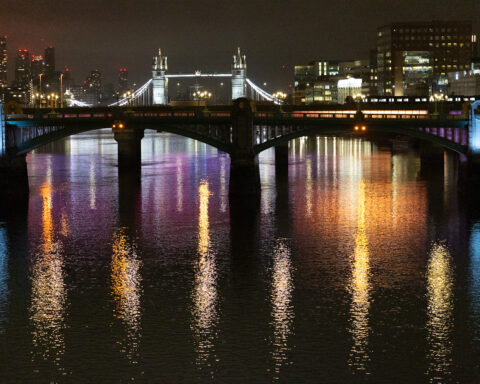
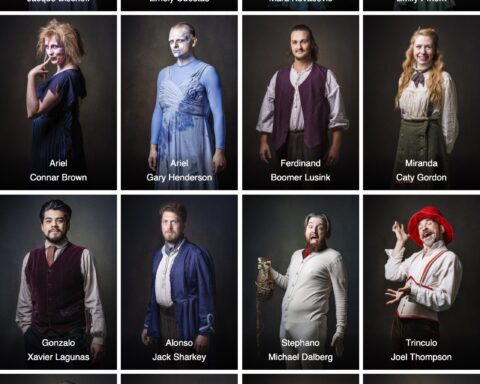
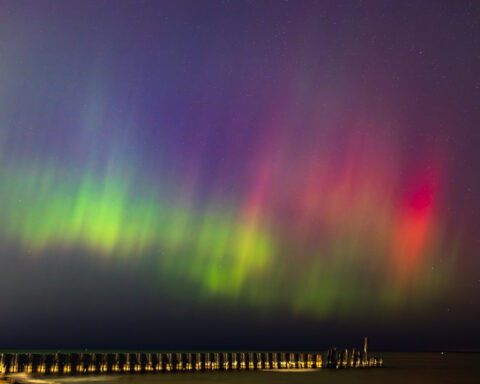
Follow Me